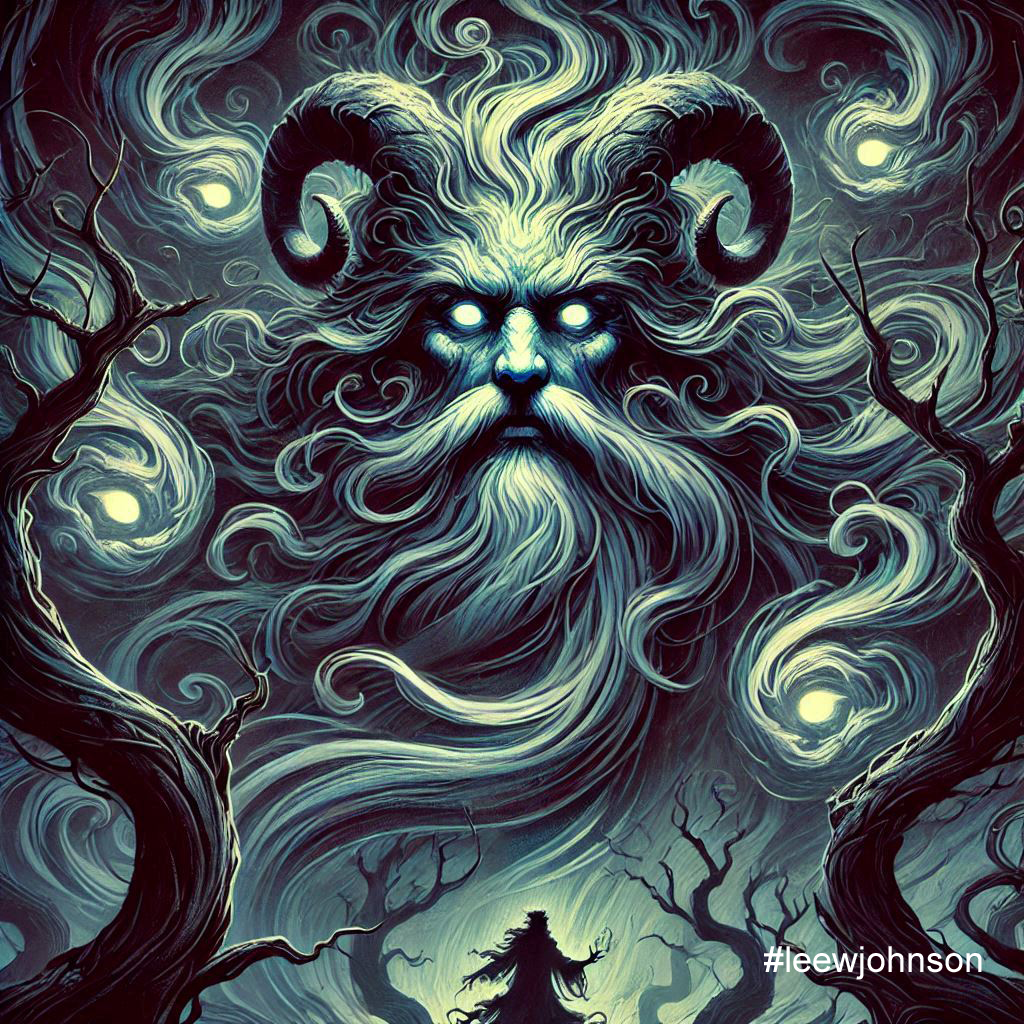Qayin

Qayin’s story, or “Cain” as it is rendered in English, begins in the Book of Genesis, where he is introduced as the firstborn son of Adam and Eve. His role as the elder sibling establishes a dynamic of expectation and responsibility. The tension between Qayin and his brother, Hevel (Abel), is not merely a familial dispute but a cosmic drama. Qayin is a tiller of the soil, tied to the earth, while Hevel is a shepherd, associated with the pastoral and divine. Their offerings to God—one of the fruits of the earth and the other of the firstborn of the flock—highlight this dichotomy.
God’s preference for Hevel’s offering over Qayin’s has puzzled theologians and scholars for centuries. The text offers no explicit reason for this favouritism, leaving room for interpretation. Was Qayin’s offering insufficient? Did it lack sincerity? Or was this divine choice a reflection of deeper cosmic forces, an allegory for the tension between the cultivated and the wild, the mortal and the transcendent? This moment of rejection sets the stage for Qayin’s descent into jealousy, rage, and ultimately, fratricide.
The Mark of Qayin: Curse or Protection?
After murdering his brother, Qayin is confronted by God and cursed to wander the earth. However, this curse is accompanied by a mark—a mysterious sign that protects him from vengeance. The “Mark of Cain” has been interpreted in myriad ways, from a stigma of sin to a divine seal of protection. In esoteric traditions, it becomes a symbol of Qayin’s unique role as an outcast and wanderer.
The mark signifies duality: it is both a punishment and a shield, isolating Qayin from human community while safeguarding him from harm. This dual nature reflects a deeper truth about Qayin’s archetype. He is both the victim and the perpetrator, the cursed and the chosen. In the Gnostic tradition, such ambiguity is central to understanding the nature of existence, where creation and destruction, light and darkness, are intertwined.
Qayin in Esoteric and Occult Thought
In esoteric traditions, Qayin is often reimagined as a figure of immense spiritual significance. For some, he is the archetypal rebel, a precursor to figures like Prometheus and Lucifer. His defiance of divine will and his exile resonate with those who see spiritual growth as a path of individuality and resistance against cosmic authority. In this context, Qayin is not merely a murderer but a seeker of forbidden knowledge, a wanderer who carves his own path.
The Qayin archetype also appears in Western occultism, particularly in traditions that explore the darker aspects of spirituality. In certain interpretations, Qayin is associated with the Left-Hand Path. Here, his act of fratricide is not seen as a literal murder but as a symbolic breaking of bonds, a severance from the mundane to pursue a higher, albeit solitary, calling.
In modern Luciferianism and related paths, Qayin is sometimes venerated as a patron of wanderers, outcasts, and those who walk the path of the forbidden. His mark is viewed as a sigil of empowerment, a reminder that even in exile, there is strength and purpose. Some traditions link Qayin to the craft of metalworking and the arts of transformation, drawing parallels between his narrative and that of Tubal-Cain, a descendant mentioned in Genesis as a “forger of all implements of bronze and iron.”
The Wanderer and the Land of Nod
Qayin’s exile to the Land of Nod, east of Eden, carries profound symbolic weight. The term “Nod” is often interpreted as meaning “wandering” or “unrest,” reflecting Qayin’s perpetual state of alienation. Yet this exile is also an opportunity for creation. In Nod, Qayin builds a city and names it after his son, Enoch. This act of creation amidst desolation mirrors the human condition: the ability to forge meaning and community even in the face of loss and exile.
From an esoteric perspective, the Land of Nod represents a liminal space, a realm of transformation. It is the wilderness where one confronts their shadow, a place of initiation and growth. For those who walk the path of Qayin, Nod is not merely a place of punishment but a crucible where the soul is tested and refined.
Qayin as a Symbol of Human Complexity
Qayin’s story resonates deeply because it captures the complexity of the human condition. He embodies both the capacity for violence and the potential for creation. His jealousy and rage are universal emotions, yet his exile and subsequent acts of building and naming reveal a deeper, more nuanced aspect of his character. Qayin is not a one-dimensional villain but a reflection of the struggles inherent in human existence: the tension between acceptance and rejection, belonging and exile, destruction and creation.
The Legacy of Qayin
Qayin’s legacy is one of duality and transformation. He is a figure of both sin and redemption, destruction and creation. His story invites us to confront uncomfortable truths about ourselves and the world around us. What does it mean to be rejected? To wander? To create amidst desolation? Qayin’s narrative challenges us to see beyond the surface, to embrace complexity and contradiction. In esoteric and occult traditions, Qayin stands as a reminder that the path of spiritual growth is often one of exile and struggle. It is a path that requires confronting one’s shadow, embracing one’s flaws, and forging meaning in the face of adversity. For those who resonate with his archetype, Qayin is not a cautionary tale but a guide—a symbol of the human spirit’s capacity to endure, transform, and create.